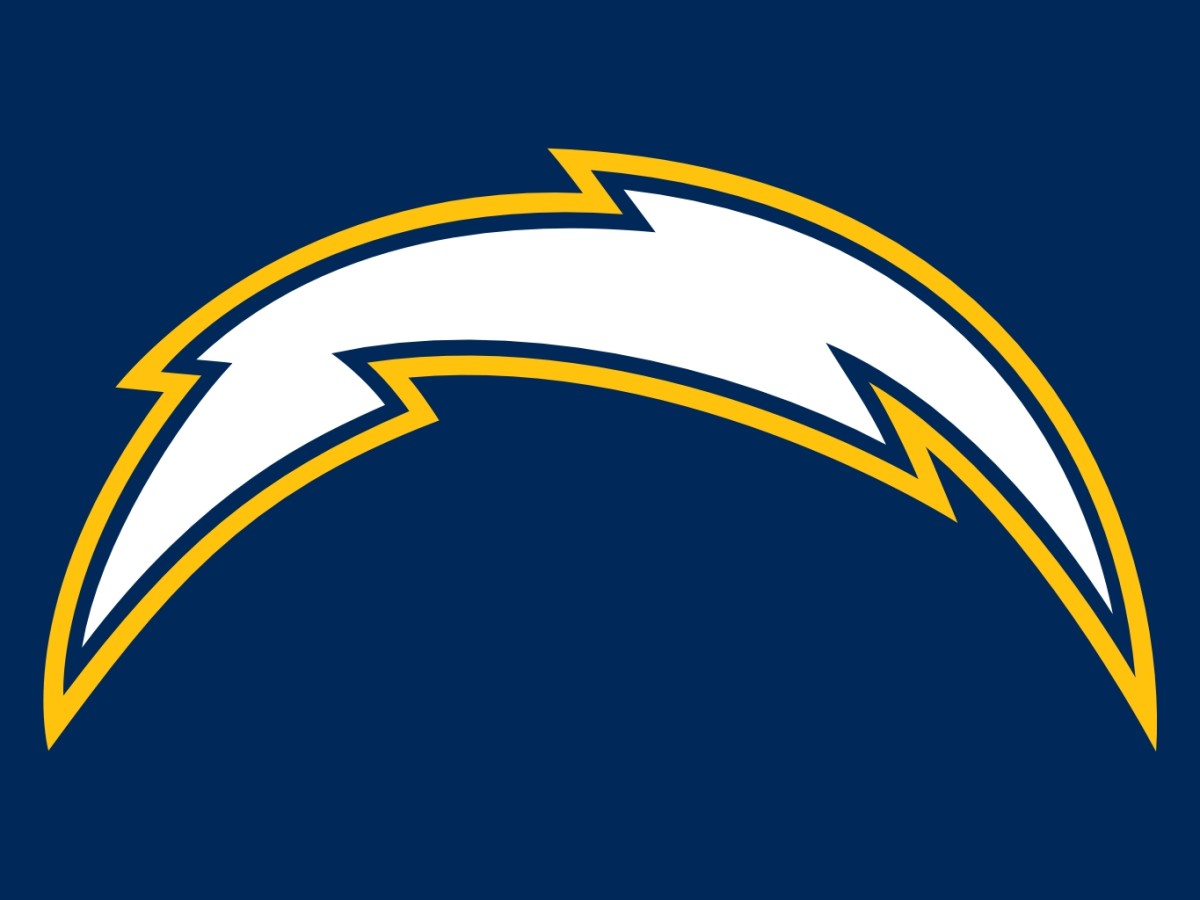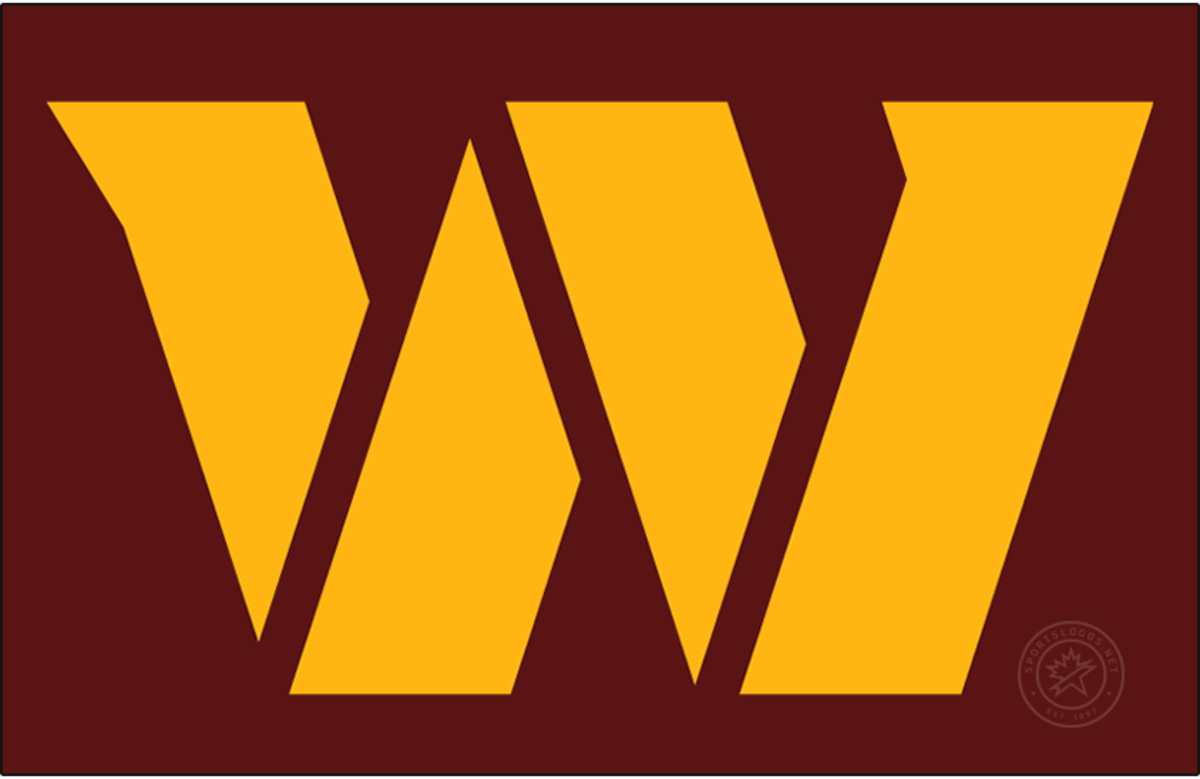- HubPages»
- Sports and Recreation»
- Team Sports»
- American Football»
- NFL Football
The Five Most Exciting Super Bowl Games in NFL History
The Super Bowl is that pinnacle of all big sports events. In the U.S., at least, it has become a national pasttime that millions of television viewers share annually on a Sunday afternoon in February.
But it seems that, rather than concentrate on a championship game, many viewers gather around their big screen TV’s to catch the fabulous commercials and consume as many snacks as possible.
Let’s face it – your favorite team probably isn’t playing in the Super Bowl this year, and even if it were, your chances of getting tickets to the game are next to nothing. You must be content watching at home and coming up with some ruse among your friends to make your investment in the game’s outcome more interesting.
Most Super Bowls are Unexciting
If you’re watching the Super Bowl in most typical years, you’ve probably noticed that very often, the game is a one-sided blow-out. Why is this?
- Well, for one thing, there is a pendulum that swings from one extreme to the other. Sometimes NFC teams are in the ascendancy, and other times it’s the AFC. Some teams can go along for quite a number of years, playing a system of football that becomes the standard against which others must be judged. The effort that goes into supporting this style of football extends to the type of players who are drafted and the coaches that are hired. In your conference of the NFL, you most often play against other teams in your own conference, who are trying to emulate the best elements of the winning organizations.
- Another reason that Super Bowl games become one-sided, unsurprising routs is that the losing team gives up at some point in the game. After all, if your team is playing in the last game of a very long season, and things start to go very badly for you, what is left for you? Not another playoff game, that’s for sure. This is not to excuse the often poor character displayed by these losing teams.
Vince Lombardi Trophy

There are Exceptions
Sadly, the number of truly great match-ups in the Super Bowl has been very limited. Add to this the media hype that goes on for two weeks before the game, the parties and events, and the sheer boasting and trash talking from either team, and you’ve got a game that, inevitably, will fail to live up to expectations.
But once in a while, there is a grand exception to this rule. In rare instances, two teams on the field both deliver exceptional performances. These are the games that lead you to cheer, scream, and jump up and down. These are the games that make you wonder why you are doing that, since you really don’t care about that team or even know much about them.
I have chosen five Super Bowls from history that I think exemplify the best that two professional football teams can deliver. Naturally, all of these games were very close, in the final score.
Scope of the Picks
I should note that I picked Super Bowls from the 1970’s onward. For, as former Dallas Cowboys’ safety Charlie Waters recently said, the Super Bowl was not always the dream, everybody wants to win one, fabulous football game that we see today. In fact, during the 1960’s, before the merger of the AFL and NFL, few people really cared about the Super Bowl. The “big game” was an afterthought, for what really mattered in pro football was winning the NFL championship – which the Green Bay Packers did several times in spectacular and glorious fashion.
So with that in mind, let’s take a look at some of the best Super Bowl games, starting with the 1970’s.
Awesome 64 yard TD Pass -- from Bradshaw to Swann
Super Bowl X
Played in 1976 at the Orange Bowl between the Dallas Cowboys and the Pittsburgh Steelers.
The Outcome: Steelers 21, Cowboys 17.
Super Bowl X or Super Bowl XIII? Please select! Both were the same match-up, with the same point spread (4 points), and the same win by the Steelers. However, as a rabid Dallas Cowboys fan in the 70’s, I will always have a special place in my heart for those ‘75-‘76 Cowboys. Tom Landry’s Cowboys were not expected to go to the Super Bowl that year – in fact, it was a rebuilding time for them. But they got extraordinarily lucky, and drafted twelve rookies who made the team, called the Dirty Dozen. The Cowboys were the wild card team of the NFC in 1975, and, as everybody remembers, scored that playoff win against the Vikings where Roger Staubach threw his “Hail Mary” pass.
The Steelers, on the other hand, had one of the most awesome defenses ever in the NFL, called the Steel Curtain. Their defense consisted of such players as Mean Joe Greene, L. C. Greenwood, Dwight White, and Jack Lambert. Just like the Cowboys, Chuck Noll’s Steelers had already won a single Super Bowl in the decade. And most importantly of all, the Steelers had Terry Bradshaw, one of the best NFL quarterbacks of all time, on their squad.
During the Super Bowl, the biggest problem the Steelers had was their poor kicking game. The biggest problem the Cowboys had was the less than adequate pass protection for Staubach, who was sacked seven times. The Cowboys, however, did a great job containing the Steelers’ star running back, Franco Harris. The game-winning difference came in the connection between Bradshaw and his MVP wide receiver, Lynn Swann, who made a couple of acrobatic catches worthy of a circus performer. Bradshaw’s 64-yard touchdown pass to Swann, which is included in a video here, illustrates the greatness of Swann. Bradshaw took the punishment immediately after delivering this pass, as Cowboys linebacker Larry Cole put a hit on Bradshaw that knocked him out of the game with a concussion. Despite the loss of Bradshaw and a late, valiant come-back attempt from field general Staubach, the Steelers won, 21-17.
No question about it: these were two great teams, and a classic match-up. Just what was needed for an unforgettable Super Bowl.
The Bengals' Stanford Jennings Kickoff Return
Super Bowl XXIII
Played in 1989 in Joe Robbie Stadium in Miami between the San Francisco 49ers and the Cincinnati Bengals
The Outcome: 49ers 20, Bengals 16
This game was the two teams’ second Super Bowl match-up during the 1980’s, and the 49ers were looking to win their third Super Bowl of the decade. Bill Walsh, the coach of the 49ers, ran the West Coast offense, which featured short, precise passes instead of a lot of handoffs. Ironically, Walsh had once been an assistant coach of the Bengals, where he first developed this style of offense. Also, San Francisco’s defense was at the top of the league with such players as Ronnie Lott, Eric Wright, and Keena Turner.
Cincinnati had a better record than the 49ers (they had won 14 games in the regular season) and they had the NFL’s Most Valuable Player in quarterback Boomer Esiason, who was indeed the top-rated quarterback of the league in 1988.
This was the final NFL game coached by Bill Walsh (his retiring from the NFL was a decision he came to regret later).
Super Bowl XXIII was a tough defensive battle through the first half, with only field goals scored. Also some devastating injuries hurt both teams.
Finally, just before the end of the third quarter, Bengal Stanford Jennings raced 93 yards for a touchdown after fielding a kickoff from the 49ers. That made the score 13-6, but the 49ers soon struck with their own touchdown to tie it at 13 all. The Bengals then made a go-ahead field goal.
In the fourth quarter, down 16-13, San Francisco got the ball on its own 8 yard line, with 3:10 on the clock, and moved downfield 92 yards in under 3 minutes. This was the winning touchdown, scored with a pass to John Taylor. Once again, Joe Montana was showing himself to be “Mr. Clutch” and, as some said, “Joe Cool.”
Joe Montana - 49ers Final Drive
Scott Norwood's Missed Field Goal
Super Bowl XXV
Played in 1991 at Tampa Stadium between the Buffalo Bills and the New York Giants
The Outcome: Giants 20 Bills 19
This Super Bowl contest had everything any fan could want: dazzling, heart-stopping momentum shifts, changing leads, and last-minute pressure. It was as memorable a football game as has ever been played.
Marv Levy’s Buffalo Bills were favored to win it all in 1991. Few teams had learned how to cope with the Bills’ no-huddle offense, led by QB Jim Kelly who called most of his own plays.
The New York Giants, coached by Bill Parcells, had a 13-3 record in the regular season. Their style of play featured ball control and long, sustained offensive drives. This was what made the game so interesting – the contrast between the two types of offenses. The Giants, led by QB Jeff Hostetler, set a record for on-field possession. The halftime show actually spent more time on the field (10 minutes) than the Bills’ offense did during the entire first half.
Despite the lack of time on the field, the Bills kept coming back with quick strikes. They could have controlled the rhythm of the game much more effectively, however, if not for several unfortunate dropped passes. Their fantastic running back, Thurman Thomas, kept the Bills in the game, as he contributed to their offense by running for 135 yards and scoring one touchdown.
It came down to this: with the score 20-19 in the Giants’ favor, the Bills found themselves on their own 10-yard line with 2:16 on the clock. Kelly led his team down the field with a mixture of scrambles, short passes, and Thurman runs. The Bills had to stop at the Giants’ 29 yard line, setting up a 47-yard field goal attempt for place kicker Scott Norwood.
Eight seconds left. That’s all that remained before the Bills could snatch a victory out of this match. As the Buffalo Bills coaches, staff, and players stood on the sidelines holding hands and praying, Norwood’s foot made contact with the pigskin. The Bills’ manager uttered the words “We are world champions.”
Wrong. Norwood’s kick sailed wide right. The Giants won, 20-19. This game was forever known as the “wide right game.” It was enough to make you beat your head against a brick wall if you were a Bills supporter.
This game is surely my personal favorite among all Super Bowls. One quirky thing that sticks in my mind is that, while normally, there were two weeks from the end of the conference championship games till the Super Bowl, during 1991, there was only one week to prepare. Many observers felt this made for a better game, since there was little time for partying, media hype, or pre-game player interviews. In addition, the United States was in the midst of Operation Desert Storm (which began on 1/17/91). This made the tone of the whole contest more serious and concentrated. In fact, during halftime, ABC broadcast an update on the Gulf War rather than showing the actual on-field show.
Super Bowl XXV. It was not the first time the Bills would appear at the Super Bowl (they made three straight, subsequent appearances at the Super Bowl, losing every time), but it was surely the most heartbreaking loss their club ever endured. The Giants, of course, went on to do some pretty interesting things in later years.
Super Bowl XXXII
Played in 1998 at Qualcomm Stadium in San Diego between the Denver Broncos and the Green Bay Packers
Outcome: Broncos 31 Packers 24
Another upset victory. And what a story. John Elway, the Broncos quarterback, was 37 years old in 1998. The Broncos had lost four Super Bowls in the past, three of them with Elway at the helm. Elway did not want to be remembered as another Fran Tarkenton. Elway desperately wanted to erase all such comparisons.
Elway not only got the win for coach Mike Shanahan, but he came back the next year and won another Super Bowl with the Broncos. A bit later, Elway became the first Bronco ever to be inducted into the Pro Football Hall of Fame.
The Packers, on the other hand, were the defending Super Bowl champions, having beat the New England Patriots in 1997. The Packers, led (for the third consecutive year) by the league’s MVP quarterback, Brett Favre, had a 13-3 record during the season. The Packers had such offensive players as Antonio Freeman, Robert Brooks, and Mark Chmura. On their defense, they featured future hall of famer Reggie White.
What I find most interesting is that, during this game, the Broncos prized running back, Terrell Davis (known as TD to the Broncos’ fans), developed a migraine headache after being inadvertently tripped by a Packers player. The migraine was so bad that Davis’ vision was severely impaired. Not wanting to let on that anything was wrong, Mike Shanahan put Davis in for one play at the goal line to act as a decoy. There was no confusion or hesitation, except in the Packers defensive line. It worked! After a faked hand-off, Elway ran the ball in for a 2 yard touchdown.
After the touchdown, Davis was given migraine medication, which restored his vision after he went missing from the line-up for one quarter. Incredibly, in the second half, Davis gave an outstanding performance. With 3 rushing touchdowns and 157 total rushing yards, Davis was selected as the game’s MVP.
The Packers led the game only once, in the first quarter, but managed to tie the game twice. Given the abilities of Favre, the oddsmakers’ favoring of the Packers, and the reputation of the Broncos as a choking team, the outcome was certainly not a given. There was so much at stake that many people were watching the broadcast until the final down.
The Broncos won, 31-24. As the Broncos owner, Pat Bowlen, lofted the Vince Lombardi trophy in the air, he proclaimed, “This one’s for John!”
The Helmet Catch - Eli Manning to David Tyree
Super Bowl XLII
Played in 2008 in Glendale, Arizona at the University of Phoenix between the New York Giants and the New England Patriots
Outcome: New York Giants 17 New England Patriots 14
Would anyone have given less than a 12-point spread for the highly favored Patriots to win this Super Bowl? After all, the Patriots had done what no other NFL team had accomplished since 1972 – gone undefeated in the regular season. Compared to the 12-0 Miami Dolphins’ record in 1972, the Patriots’ undefeated record was especially impressive, as the league had expanded the regular season to 16 games.
The Bill Belichick Patriots also had won three Super Bowls since the 2001 season. They were definitely the team of the new millennium.
The New York Giants were classic underdogs. In fact, they became the first NFC wild card team to win the Super Bowl. The Giants were plagued by injuries and had not won a playoff game in seven years. The Giants’ quarterback, Eli Manning, struggling to find consistency, had performed erratically for the past few years. This had earned Manning much criticism in the local press. In addition, Eli was being compared to his older pro quarterback brother Peyton Manning, who had led the Indianapolis Colts to a Super Bowl victory the previous year.
In this game, the Giants were behind at halftime, never a good omen. Rarely have teams come back to win the Super Bowl when they are in this position. However, neither offense performed well in the first half. The score was 7-3, Patriots.
Finally in the fourth quarter, things broke open for the Giants. They took the lead by scoring a touchdown to make it 10-7. The Patriots then answered with a go-ahead touchdown to make it 14-10, with 2:42 on the clock.
Now the Giants were facing 3rd and five at the Patriots’ 44 yard line. After the offensive snap, Manning found himself in trouble and eluding pass rushers. Unbelievably, he eluded three Patriots, two of whom grasped his jersey. Manning got off a pass to mid-field, where his fellow player David Tyree and the Pats Rodney Harrison battled for the football. Tyree caught the ball, and maintained possession by pressing the ball close to his helmet with his right hand as he fell to the turf.
The Manning to Tyree pass is one of the most outstanding plays in the history of the Super Bowl. It is known as The Helmet Catch, The Play of the Decade, or, sometimes, the Catch-42 Play. This play went for 32 yards and kept the Giants’ drive alive, as Manning eventually completed a touchdown pass to Plaxico Burress to make the score 17-14.
There were 35 seconds left after the go-ahead touchdown. The Patriots couldn’t score on their possession. Giants 17, Patriots 14.
If you did not see this historic game, where were you? I know how satisfying this win was for the New York City area, and it was very stimulating and exciting for many home viewers who found an underdog they could champion!
The co-owner of the New York Giants, John Mara, called this Super Bowl win, “without a doubt, the greatest victory in the history of our franchise.” Eli Manning was voted the MVP of the game. No more comparisons to his older brother!



